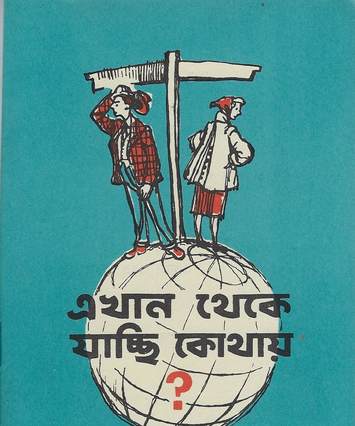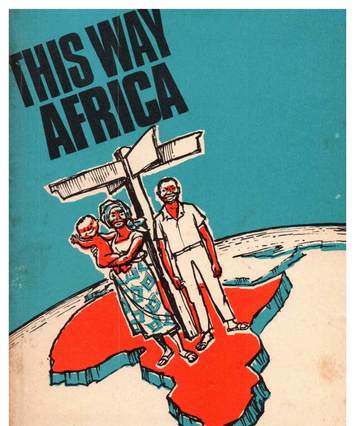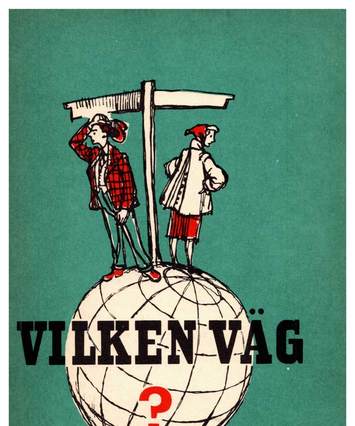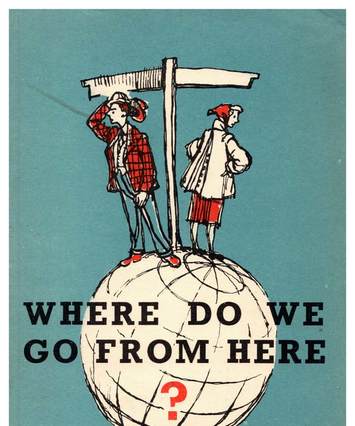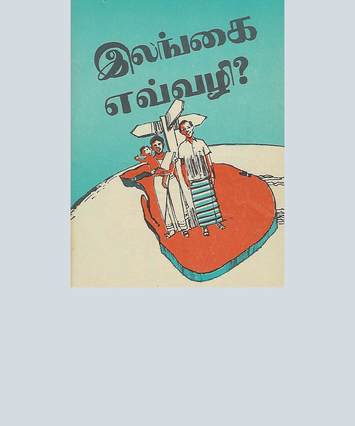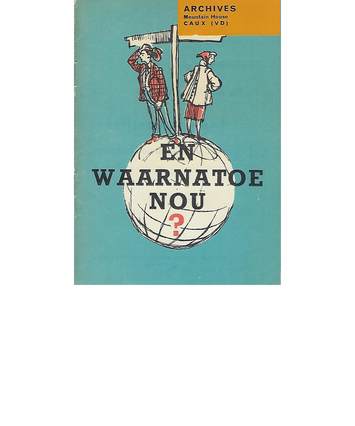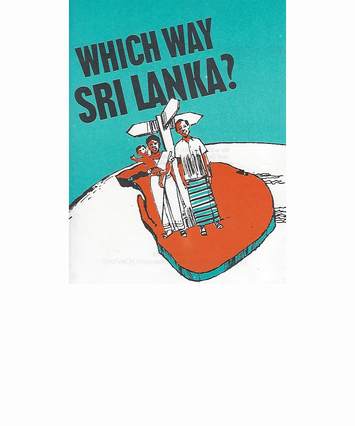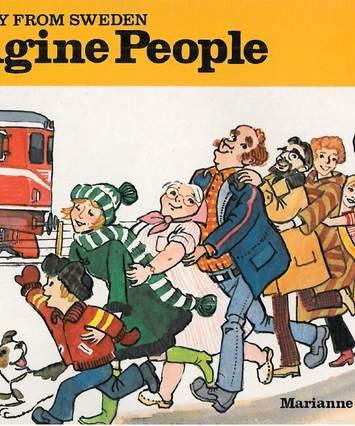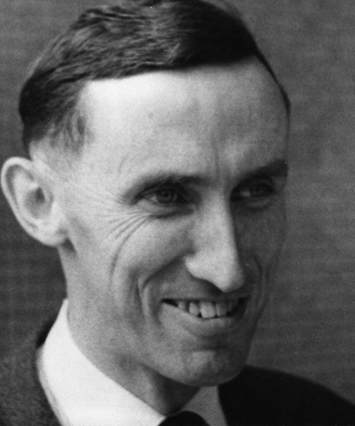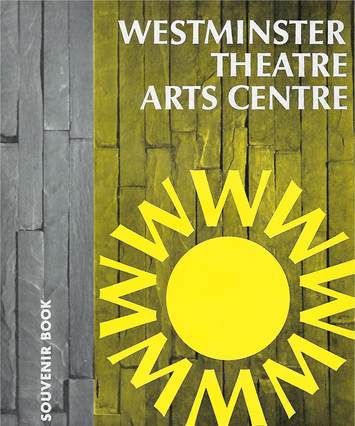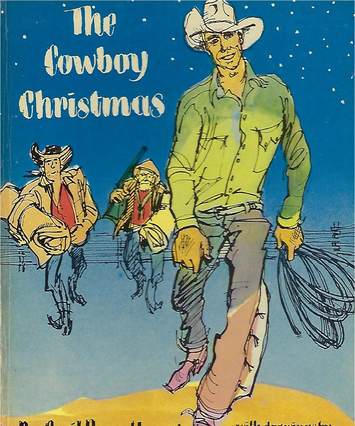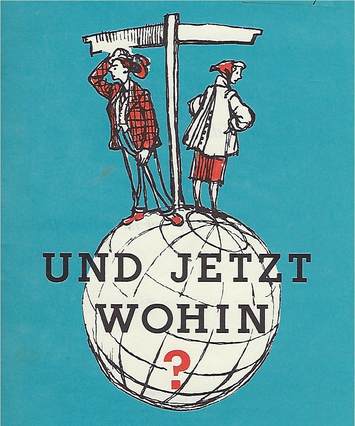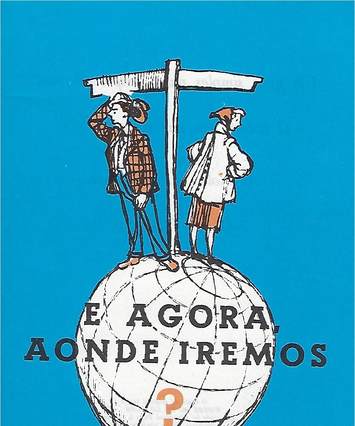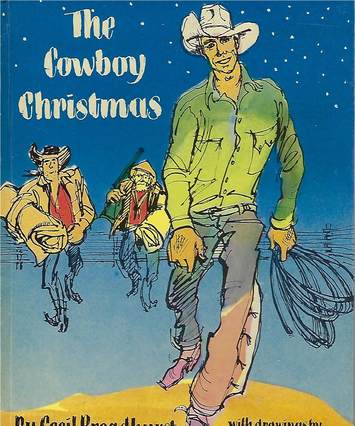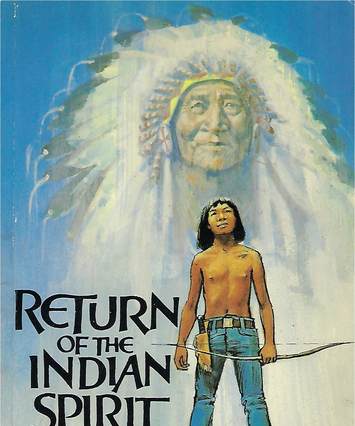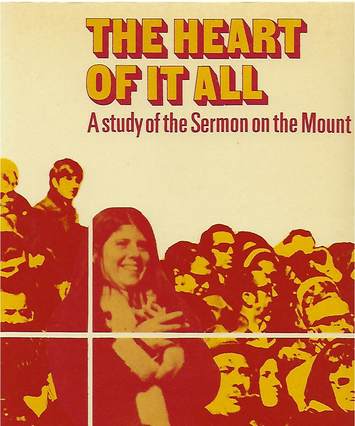From his early twenties, Bill Cameron-Johnson devoted his talents to Moral Rearmament. He was resident designer at the MRA's Westminster Theatre in London for 15 years and art director of its American film studio for eight years. He was also an able graphic designer and a prolific book illustrator. His cartoon handbook Where Do We Go From Here? (co-authored with Hannen Foss, 1952), the first of many books he illustrated, was printed in 25 languages and sold hundreds of thousands of copies all over the world.
On leaving art school he decided to put himself at the service of MRA. Under the working name W. Cameron Johnson, he was in demand as a cartoonist and illustrator for MRA's publications, as a set designer for plays at MRA's international centre in Caux, Switzerland, and for movies at the MRA film studio on Mackinac Island, Michigan. He designed the sets for MRA's first professional production at the Westminster Theatre, The Hurricane (1961), and returned to America to design the film Voice of the Hurricane (1964), based on the play and starring the African-American mezzo-soprano Muriel Smith. Work on the film design took him to Kenya, where he sketched colonial-style residences for his film sets.
In 1965 Cameron-Johnson, with his American wife Phyllis, returned to London to design sets, in bright Van Gogh colours, for the family show Give a Dog a Bone, which was to run for 11 Christmas seasons at the Westminster Theatre. He also designed the publicity for the show and the sets for the 1965 film version. There followed a stream of stage designs at the Westminster, among them Happy Deathday, for which Cameron-Johnson also designed film sets, Mr Wilberforce MP, Hideout, Ride! Ride!, Fire and Gavin and the Monster.
He was visual director of the multimedia production Crossroad (1972), which involved creating new techniques for designing and drawing for large-screen projection and which was also made into a film the following year. This led him to devise a number of other multimedia productions, including his History of Theatre, which delighted the thousands of schoolchildren who attended the Westminster's educational programme, A Day of London Theatre, and which was later made into a film-strip and video. He produced similar productions on the Labour pioneer Keir Hardie and, most recently, William Wilberforce and the Anti-Slavery Campaigners, also now on video.
At the same time Cameron-Johnson was in demand as a graphic designer for theatre and film publicity material and as an illustrator for books. He produced book jackets for more than 20 titles. But perhaps dearest to his heart were the illustrated children's books he worked on with his wife Phyllis as editor, Engine People (by Marianne Lindroos, 1980), Return of the Indian Spirit (by Vinson Brown, 1981), Chico the Street Boy (by Evelyn Puig, 1984) and particularly Boy on a Bus (1990), which he both devised and illustrated.
From an obituary by Hugh Steadman Williams that first appeared in the Independent on 28 July 2000


